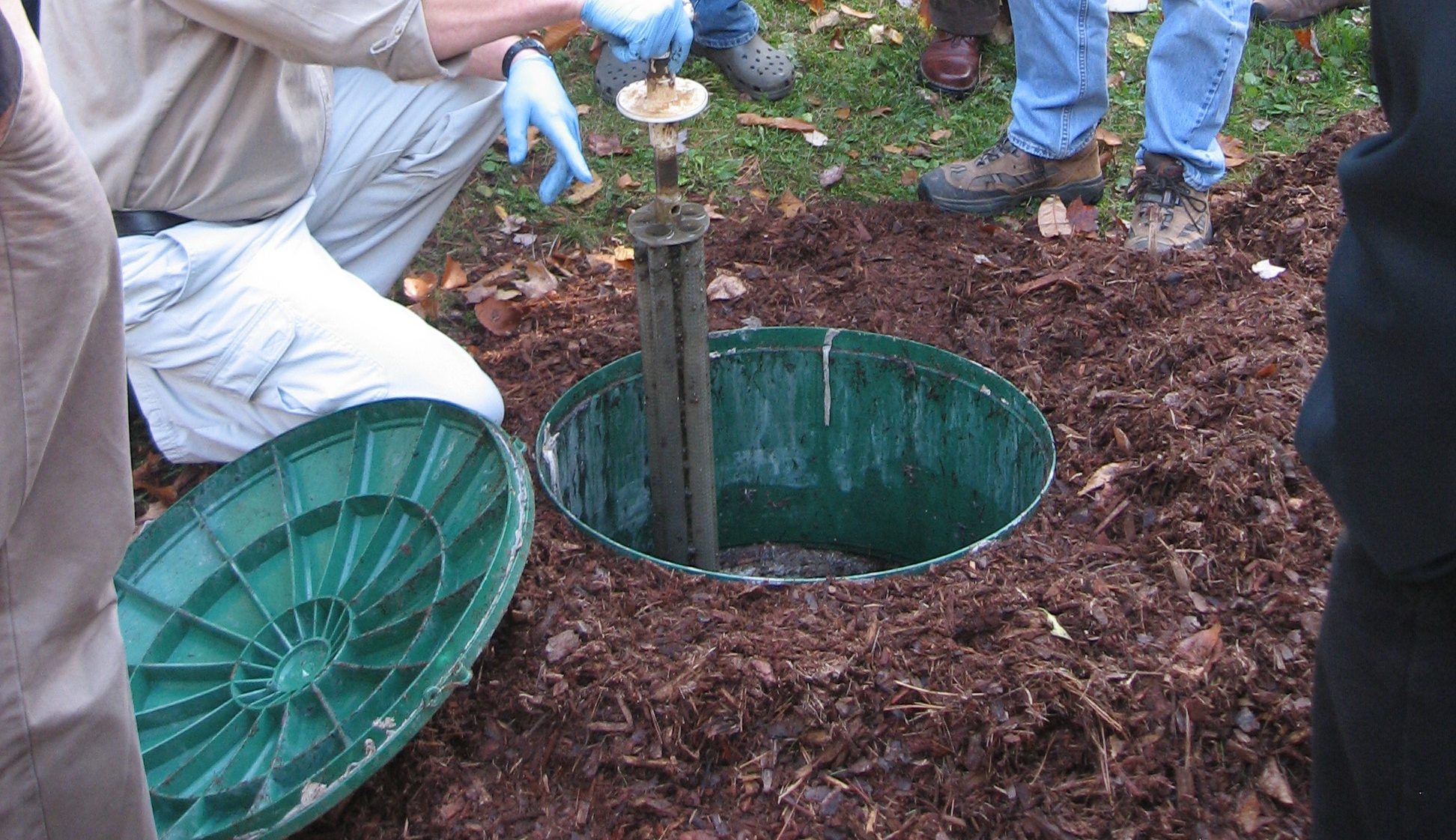Humphrey CP, Serozi B*, Jernigan J**, Iverson G, Pradhan S, O’Driscoll M, and Bean E (October 2016). Phosphate Treatment by Onsite Wastewater Systems in Nutrient Sensitive Watersheds of North Carolina’s Piedmont. Water Science and Technology 74(7): 1527-1538.
Abstract
The goal of this study was to gain a better understanding of the PO4-P treatment efficiency of onsite wastewater systems (OWS) installed in nutrient-sensitive watersheds of the North Carolina Piedmont. Four OWS including two conventional and two single-pass sand filter (SF) systems were evaluated at sites with clay-rich soils. Piezometers were installed near all of the OWS, and downgradient from the conventional OWS for groundwater collection and characterization. Septic tanks, groundwater, SF effluent, and surface waters were sampled each season during 2015 (five times) and analyzed for PO4-P and Cl concentrations and for various environmental parameters. The conventional and SF OWS reduced PO4-P concentrations by an average of 99% and 90%, respectively,
before discharge to surface waters. Mass-load reductions of PO4-P were also greater for the conventional OWS (mean 95%), relative to SF (83%) systems. The effluents discharged by SF OWS were influencing surface water quality. Additional treatment of the effluent from single-pass SF with reactive media is suggested, along with monitoring of the final effluent for PO4-P concentrations. This research provides important information that is absent from the published literature concerning PO4-P contributions to water resources from OWS in clay soils.
*Brent Serozi is currently a MS Environmental Health student in the ECU EHS Program.
**Jordan Jernigan is a 2016 graduate of our MS Environmental Health program.




